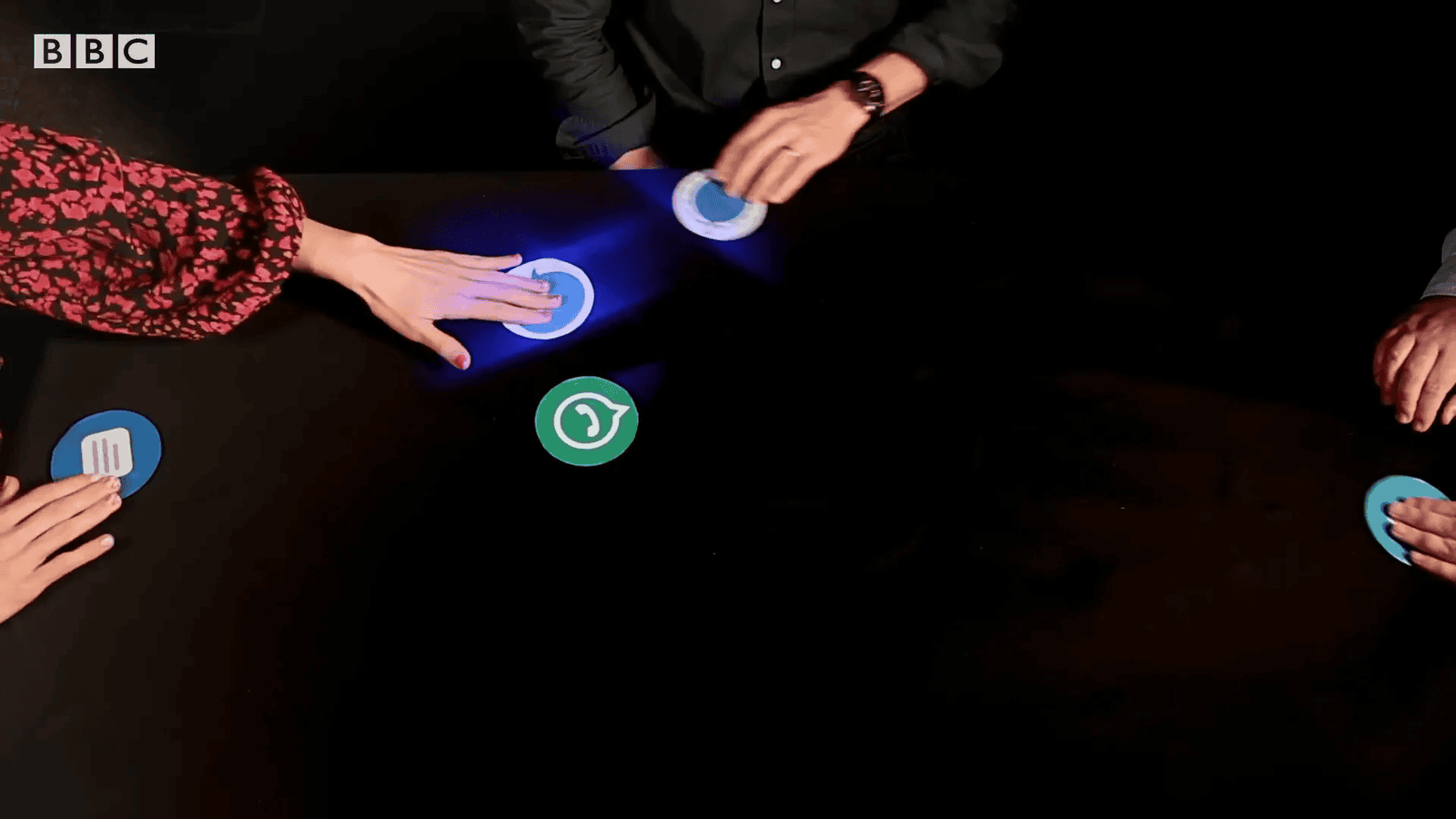End-to-end encryption (E2EE) is rapidly becoming a standard feature in messaging applications. It ensures that only the sender and the recipient can access the messages, texts, media, and calls exchanged between them. Notably, popular platforms like WhatsApp, iMessage, Signal, and soon Messenger and Instagram Direct Messaging are adopting this technology to enhance user privacy. This blog delves into the intricacies of end-to-end encryption, its benefits, and the concerns it raises among governments and law enforcement.
What is End-to-End Encryption?
End-to-end encryption is a method of data transmission where only the communicating users can read the messages. In simpler terms, it means that the content is encrypted on the sender’s device and only decrypted on the recipient’s device. This secure form of communication prevents anyone else, including service providers, from accessing the content of the messages.
How Does End-to-End Encryption Work?
When a message is sent using end-to-end encryption, it is scrambled into an unreadable format before it leaves the sender’s device. This message is then sent through the internet, where it can pass through multiple servers, but it remains encrypted throughout its journey. Only the recipient has the key to decrypt this message. This process is akin to placing a note in a locked box, where only the sender and the receiver possess the key.

Why is End-to-End Encryption Important?
End-to-end encryption is crucial for several reasons:
- Privacy: It protects users’ texts, media, and calls from unauthorized access, including from internet companies and hackers.
- Freedom of Expression: Users can communicate without fear of unwarranted surveillance, allowing for free expression.
- Data Security: It minimizes the risk of data breaches since even if a hacker intercepts the communication, they cannot decipher it without the encryption keys.
Government Concerns Regarding End-to-End Encryption
Despite its benefits, end-to-end encryption raises significant concerns among governments and law enforcement agencies. The primary worry is that it can shield criminal activities from view. With E2EE, even if police suspect criminal activity, they cannot access the messages without the sender’s or recipient’s consent.
The Debate on Backdoors
Governments are calling for tech companies to introduce “backdoors”—a way for law enforcement to access encrypted messages. This request poses a dilemma: how can we ensure that only authorized individuals access the encrypted data without creating vulnerabilities that could be exploited by malicious actors?
Client-Side Scanning
One proposed solution is client-side scanning, where messages are scanned for illicit content before being sent. However, this approach has faced backlash due to privacy concerns, as it could lead to misuse by oppressive governments or criminals.

Impacts of End-to-End Encryption on Content Moderation
End-to-end encryption complicates content moderation for platforms. If companies cannot see the content being exchanged, they cannot effectively moderate it. This raises concerns about the spread of harmful content, including child exploitation materials. As more platforms adopt E2EE, the challenge of balancing privacy with the need for safety and security becomes increasingly complex.
Countries’ Reactions to End-to-End Encryption
Many countries, including the Five Eyes nations, Japan, India, and members of the European Union, are expressing concerns over end-to-end encryption. Some are exploring legislative measures to control its use. In countries with strict internet regulations, such as China, many E2EE products are already banned.
Conclusion
End-to-end encryption represents a significant advancement in securing communications. While it offers unparalleled privacy and security for users, it also presents challenges for law enforcement and content moderation. As the technology continues to evolve, striking a balance between user privacy and public safety will be crucial.
FAQs about End-to-End Encryption
What is end-to-end encryption?
End-to-end encryption is a method of data transmission where only the sender and recipient can read the messages. It ensures that the content remains encrypted during its entire journey across the internet.
Why is end-to-end encryption important?
It protects user privacy, allows for freedom of expression, and enhances data security by preventing unauthorized access to communications.
What are the concerns regarding end-to-end encryption?
Governments and law enforcement agencies are concerned that it can shield criminal activities from scrutiny. There are calls for backdoors to allow access to encrypted messages, which raises security and privacy concerns.
How does end-to-end encryption affect content moderation?
End-to-end encryption complicates content moderation because companies cannot see the content being exchanged, making it difficult to address harmful content effectively.






